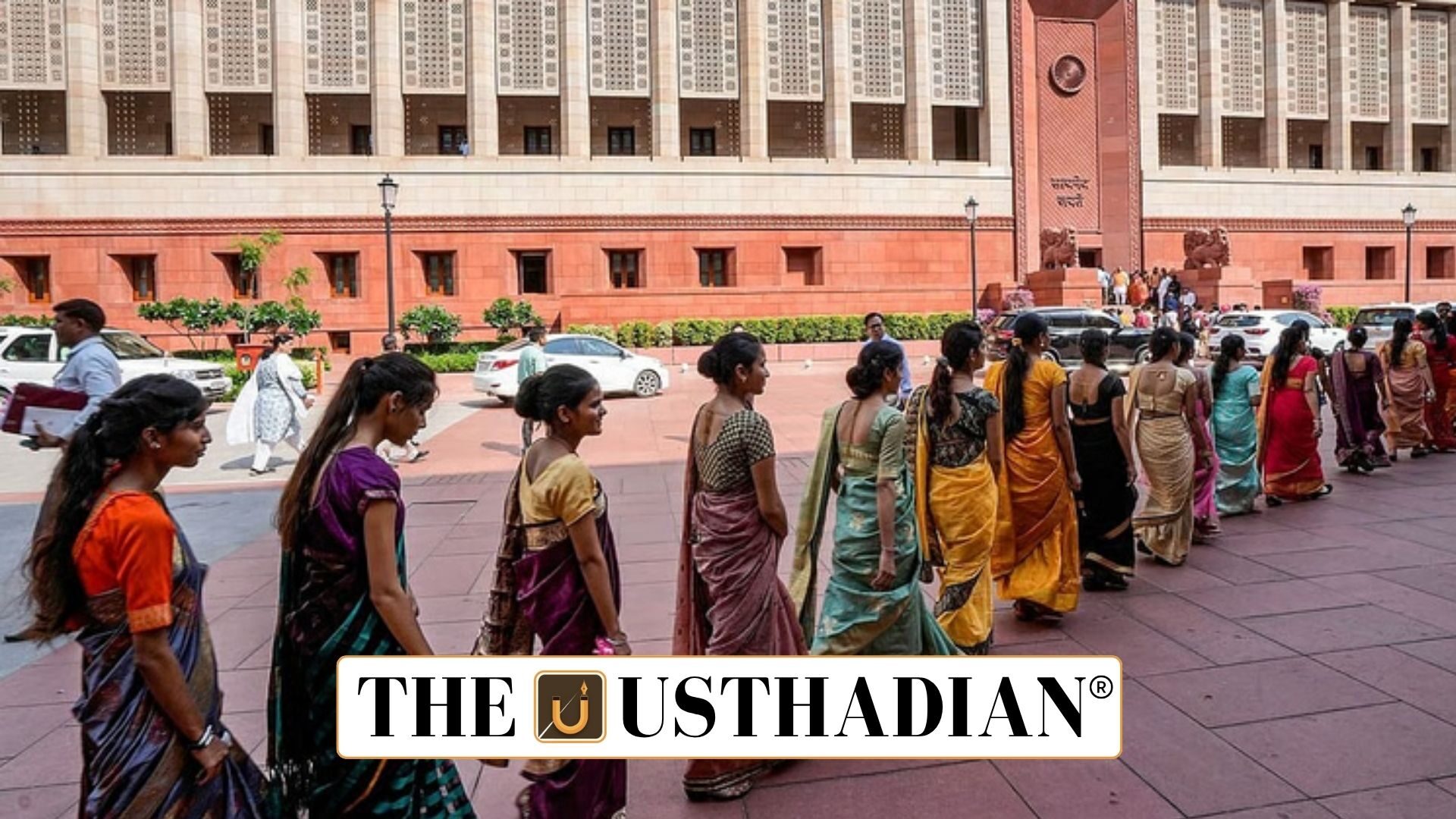Numbers show a slight fall
Rise and Dip in Women Representation in Lok Sabha: India’s 18th Lok Sabha has 74 elected women MPs, making up 13.6% of the total seats. This is a slight decline from the 17th Lok Sabha, which had 78 women, representing 14.4%. Though the difference is small, it highlights the stagnation in progress toward gender-balanced representation.
Out of 797 women contestants, only 9.7% secured victory in 2024. In comparison, the 17th Lok Sabha saw 10.74% success from 726 women candidates. Despite a rise in participation, success rates have dipped marginally.
A long journey from the first Lok Sabha
The first Lok Sabha (1952) had only 5% women representation. Since then, the numbers have slowly risen. The 17th Lok Sabha marked the highest at 14.4%, but the recent fall reminds us that progress isn’t always linear.
In the Rajya Sabha, women currently hold 14.05% of the seats. Globally, however, the average share of women in national parliaments is 26.9%, making India’s numbers look modest on the world stage.
Why women representation matters?
Women make up nearly half of India’s population. Their representation in the law-making process is key to true democracy. Studies show that women legislators often perform better than men in delivering economic development in their constituencies.
They are also less likely to be involved in criminal or corrupt activities, and often prioritise education, health, and welfare schemes. With their inclusive and efficient approach, women in politics can change the face of governance.
Roadblocks to equal participation
Despite their potential, several barriers hold women back. Social stereotypes, male-dominated party systems, and family duties often discourage women from entering politics. Campaigning is also intimidating – it’s expensive, time-consuming, and often involves verbal abuse and threats.
What’s worse, internalised patriarchy – where even women believe men are better leaders – adds to the difficulty.
What is being done to bridge the gap?
In a historic move, the Nari Shakti Vandan Adhiniyam, 2023 (or the 106th Constitutional Amendment) mandates one-third reservation for women in the Lok Sabha and State Legislative Assemblies, including Delhi’s.
Even earlier, the 73rd and 74th Amendments ensured 33% reservation in Panchayats and Municipalities. These reforms brought a surge of women leaders at the grassroots.
India has also committed to Sustainable Development Goal 5.5, which seeks full and effective participation of women at all decision-making levels in politics and public life.
Static Usthadian Current Affairs Table
Rise and Dip in Women Representation in Lok Sabha:
| Topic | Detail |
| Women in 18th Lok Sabha | 74 elected (13.6%) |
| Women in 17th Lok Sabha | 78 elected (14.4%) |
| First Lok Sabha (1952) | 5% women MPs |
| Rajya Sabha Women Share | 14.05% |
| Global Women in Parliaments | 26.9% average |
| Nari Shakti Vandan Adhiniyam | 2023, 106th Amendment |
| Women Reservation in Panchayats | 1/3rd seats via 73rd & 74th Amendments |
| SDG 5.5 | Women’s full participation in politics |
| Female Success Rate in 2024 LS polls | 9.7% |
| Female Success Rate in 2019 LS polls | 10.74% |








